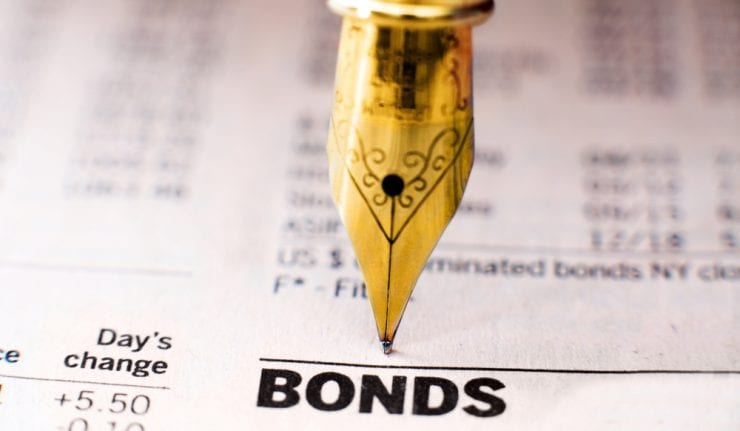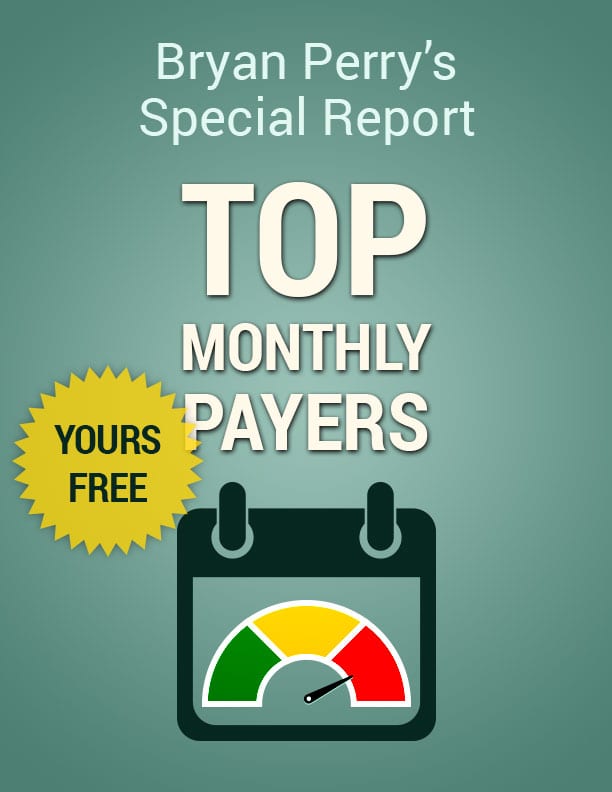It’s rare when the Street gets excited about bonds. But after last week’s wink and nod from Jerome Powell that the pause on rates might also mean the Fed is done for the cycle, all classes of bonds ripped higher in reaction. Calls from trading desks around the world to “lock in rates” were resonating throughout all of last week. The combination of last Monday’s Treasury issuance of the less-than-forecast $776 billion for the current quarter, followed by the schedule of shorter maturities that would meet better demand, followed by a dovish Fed policy statement, after which was topped off by Friday’s weaker employment data, provided the fuel.
The yield on the two-year Treasury note moved from 5.08% on Monday to 4.84% at Friday’s close — a 24-basis-point move. In a more dramatic move, the 10-year T-Note yield fell from 5.00% to 4.48% before settling at 4.55% for the week — a 45-basis-point move. This is one of the more dramatic moves in Treasury yields in recent memory. The culmination of the weekly data just spiked the momentum into the weekend that was certainly the main catalyst for the stock rally.
The bond market is the default mechanism for investors that care about preservation of capital as a number-one priority. However, with fiscal policy in the United States being managed under the guise of “drunken sailor” economics, it stands to reason that yields on the long end of the curve will remain elevated due to long-term risks associated with the soaring federal budget deficit. In my view, that ship is on its own course, and with no political will to reign in spending, it doesn’t argue well to place your bets on America’s fiscal future going out 20 or 30 years.
In fact, with China and Japan dumping U.S. Treasuries, and the Treasury issuing trillions of dollars in fresh issuance, the pressure on maturities 10 years or further out could remain under pressure, whereas the short-end of the curve starts to anticipate rate cuts by the Fed beginning in mid-2024. As of last Friday, the CME FedWatch Tool shows a nearly 50% chance of a quarter-point rate cut at the May 2024 Federal Open Market Committee meeting. If the softer jobs data begins a trend of weaker labor numbers going forward, then this forecast looks pretty good, and investors should want to be in front of this by a good six months.
Buttressing the CME FedWatch Tool forecast is the sharp decline in the fourth-quarter gross domestic product (GDP) estimate by the Atlanta Fed. The latest Atlanta Fed GDPNow estimate shows the U.S economy growing at just a 1.2% rate in the fourth quarter, down from 4.9%. Some economists within the survey are even calling for negative growth. This report raised a lot of eyebrows across the investment community last week, as it implies a fairly dramatic slowdown in consumer spending for the holiday-shopping season, coupled with lower business investment by year end.
With this set of parameters as a backdrop, buying investment grade corporate bonds with maturities of three to five years looks to be an attractive investment proposition for a number of reasons.
- If the Fed is going to start cutting rates in the middle of next year, rolling six-month to one-year Treasuries will be done so at lower rates than where they trade today — which is probably why billionaire hedge fund manager Stanley Druckenmiller bought a huge position in the two-year Treasuries, expecting the yield curve to normalize with the two-year rate dropping to 3% in a couple years.
- While a laddered two-, three- and five-year Treasury portfolio is paying a blended yield of 4.66%, a laddered two-, three- and four-year investment grade corporate bond portfolio is paying 5.83% — a full 117 basis points higher, but with one caveat. Treasuries are issued at par every week, so investors are receiving the full average 4.6% interest income. Most corporate bonds in the two-to-four-year range are trading at discounts to par since they were issued when rates were lower. Hence, the average distribution rate is about 3.8%, but the yield to maturity (total return) is around 5.83%, as there will be some capital appreciation associated with the interest income.
- If in fact Washington can’t agree on debt reduction, then the risk of a government shutdown and failed bond auctions rises. If there is another regional banking crisis due to holding too many low-yielding Treasuries, too much corporate office debt, too much money leaving for higher money market yields, then CDs are at risk of being “money good” when they mature. Get in line at the FDIC.
- Conversely, with high-grade corporate debt now pushing 6% on a total return basis for two to four years, why not have money on deposit within the most fortress balance sheets in the world. (Microsoft, Berkshire Hathaway, Visa, Exxon Mobil, JP Morgan, Merk., Oracle, Apple, Walmart, Amazon, Intel, etc.)
Bonds in these and other S&P 500 companies cannot be purchased by individual investors. Institutional money gobbles them up the instant they become available. There are some ETFs that provide for buying baskets of these bonds that pay monthly. While there is no guarantee the bond yields might not rise further, at least the risk of short duration for maturities is well defined, and something close to 6% for 24-48-month corporate debt that is as near to bullet proof just might make perfect sense.




![[instant messaging via tablets and phones]](https://www.stockinvestor.com/wp-content/uploads/shutterstock_125411345.jpg)